Our Society Human Diversity in Canada 4th Edition By Paul Angelini – Test Bank
CHAPTER 4
Race and Ethnicity: The Obvious Diversity
Paul U. Angelini and Michelle Broderick
CHAPTER SUMMARY
From its very beginnings, Canada has been a multicultural and multiracial society. People arrived from all parts of the world and from all walks of life. Analyzing Canadian immigration history is essential for a complete understanding of this fact. There are five identifiable stages to the history of Canadian immigration. Each stage is characterized by at least one crucial feature.
Stage 1 (beginnings to 1901) is characterized by a large influx of German, Dutch and Scandinavian immigrants. The arrival of United Empire Loyalists (with their slaves), fugitive slaves and free people of colour is another crucial feature of this stage.
Stage 2 (1880–1918) is referred to as the “mightiest movement of people in modern history.” Europeans were leaving Europe en masse. More than 3 million people arrived in Canada, principally from the United Kingdom (1.25 million), the United States (1 million) and Central and Eastern Europe. Another important feature is the imposition of the head tax on Chinese immigrants and the introduction of the “direct passage” stipulation for East Indian immigrants.
In Stage 3 (1918–1945) Canada (and the United States) began to put restrictions on immigration. Canada made lists of countries that were “preferred” or “nonpreferred.” This stage also saw the campaign against Japanese and Chinese immigrants known as the campaign against the “Yellow Peril.”
Stage 4 (1945–1974) is recognized as being the most prolonged period of immigration in Canadian history. Immigrants arriving during these years were the most diverse in terms of social class, ethnicity and occupation.
Today, we are still in the midst of Stage 5 (1975–?). The dominant feature of this stage is the arrival of people from the developing world whose skin colour in not white. The most reported origins of immigrants are East Indian, Chinese, Sri Lankan, and Filipino. The events of 9/11 have added another feature to this stage: the rise and use of racial profiling.
There are three dominant sociological theories that attempt to explain the trials and tribulations of ethnic and race relations in Canada: conflict theory, symbolic interactionism, and structural–functionalism. They are mutually exclusive theories, and students must understand that choosing more than one to explain ethnic and race relations in Canada is not an option. Multiculturalism has come to mean different things to both newly arrived Canadians and those who have been in Canada for many generations.
Chapter 4 Race and Ethnicity: The Obvious Diversity
TEST BANK QUESTIONS
MULTIPLE CHOICE
1. Which phase of Canadian immigration coincided with the mightiest movement of people in modern history?
|
a. |
stage 1 |
|
b. |
stage 2 |
|
c. |
stage 3 |
|
d. |
stage 4 |
ANS: B
REF: p. 96
2. The dominant feature of immigration to Canada since 1975 has been the number of people arriving from which region?
|
a. |
Antarctica |
|
b. |
Western Europe |
|
c. |
The United States |
|
d. |
The developing world |
ANS: D
REF: p. 101
3. What was the largest number of immigrants to arrive in Canada in any one year?
|
a. |
150 000 in 1911 |
|
|
b. |
200 000 in 1912 |
|
|
c. |
250 000 in 1914 |
|
|
d. |
400 000 in 1913 |
|
ANS: D
REF: p. 98
4. Black people comprised what percentage of United Empire Loyalists who came to Canada after the American Revolution?
|
a. |
5 |
|
b. |
10 |
|
c. |
15 |
|
d. |
20 |
ANS: B
REF: p. 95

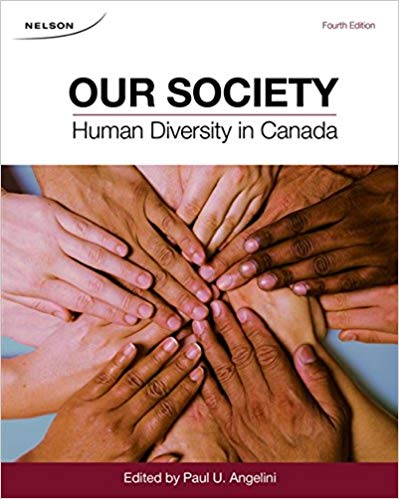
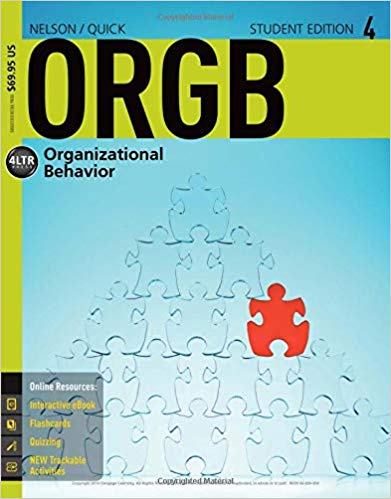



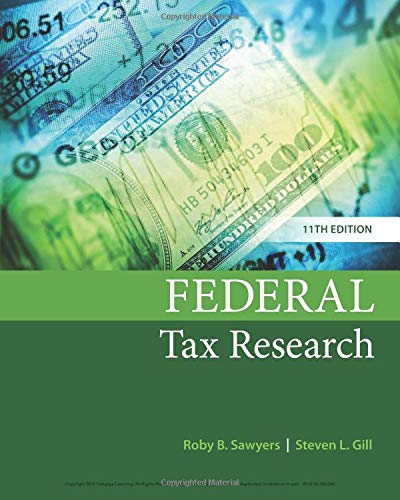
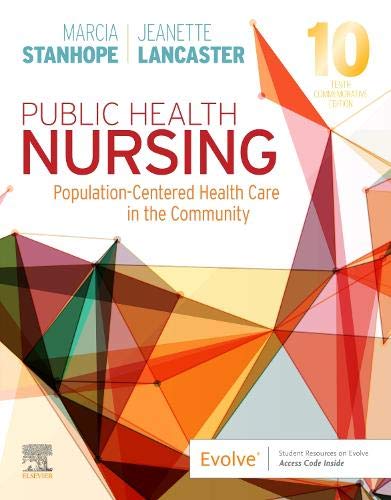
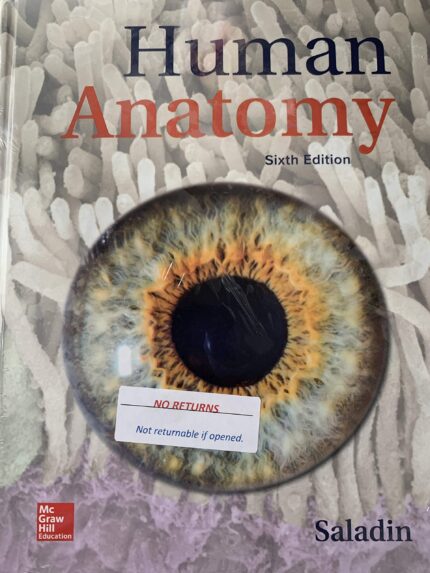


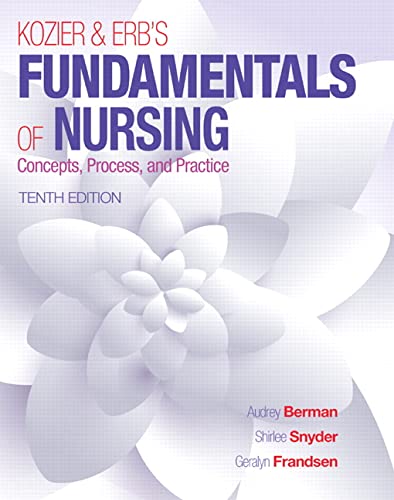
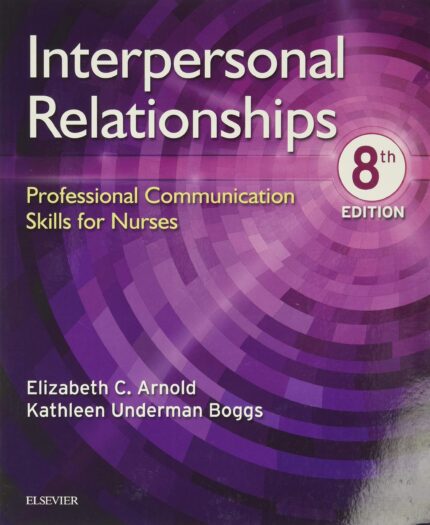
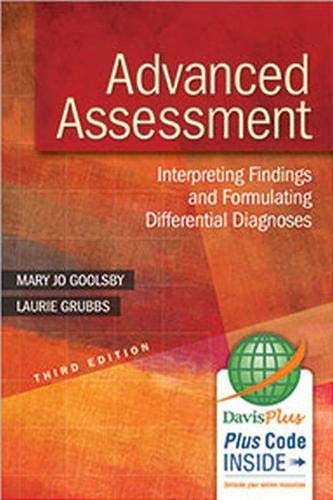
Reviews
There are no reviews yet.